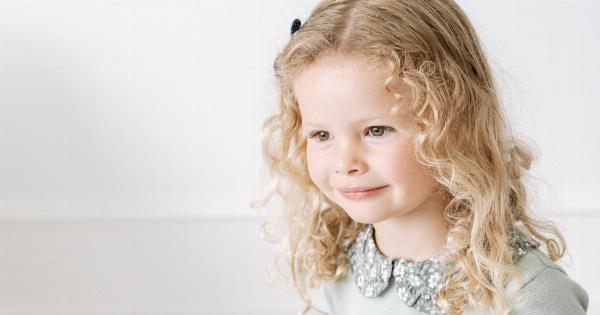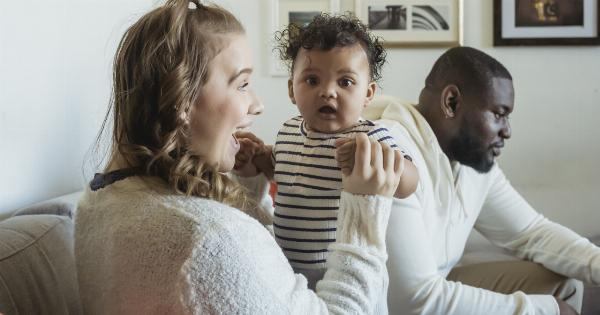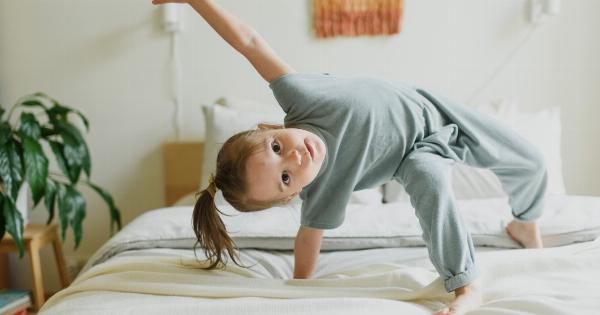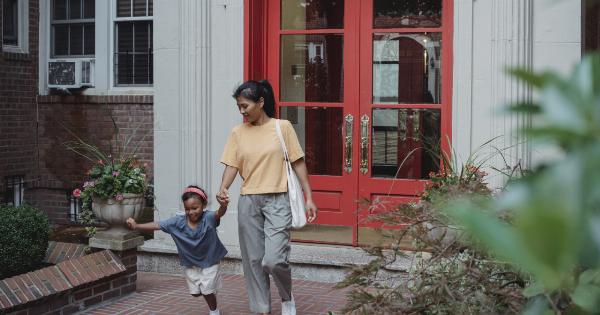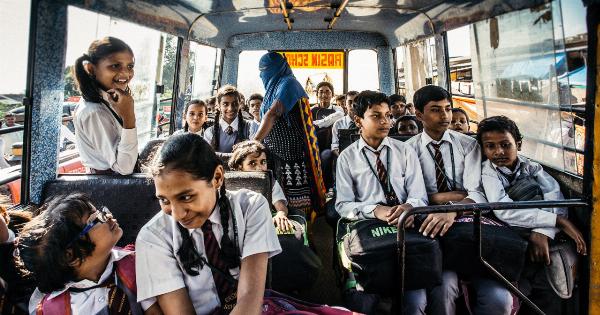Childhood is a precious and formative period of life that plays a crucial role in shaping an individual’s identity and personality.
Among the many aspects that contribute to a child’s growth and development, clothing holds a significant place. Age appropriate clothing not only serves a functional purpose but also impacts a child’s self-expression, emotional well-being, and overall development.
In this article, we will explore the significance of dressing children in age-appropriate clothing and how it contributes to their positive childhood experience.
1. Fostering Confidence and Self-esteem
When children are dressed in age-appropriate clothing, they feel more confident and comfortable in their skin. Wearing clothes that align with their developmental stage allows them to fit in with their peers, boosting their self-esteem.
It is crucial to provide children with clothing that suits their age and body proportions, as wearing clothes that are too mature or too childish can lead to insecurities and feelings of being different.
2. Promoting Safety and Functionality
Age appropriate clothing prioritizes safety and functionality, ensuring that children are dressed appropriately for their activities and the environment they are in.
Clothes that are too loose, tight, or lacking proper support can hinder a child’s movements and make it difficult for them to engage in physical activities. It is essential to consider the fabric, design, and fit of children’s clothing to ensure they can explore, play, and move freely without any restrictions.
3. Enhancing Self-expression and Creativity
Age-appropriate clothing not only embraces the child’s current developmental stage but also allows them to express their unique personalities and interests.
Clothing choices play a role in shaping a child’s identity, as they experiment with different styles, colors, and patterns. By allowing children to select their outfits within appropriate boundaries, they learn to express themselves, develop their tastes, and foster their creativity.
4. Respecting the Innocence of Childhood
Childhood is a time of innocence, where children are free from the pressures and expectations of adulthood.
Dressing children in age-appropriate clothing helps maintain and respect this innocence by not exposing them to styles or trends that are more suitable for older individuals. It allows them to embrace their youth and enjoy the privileges and joys that come with being a child.
5. Encouraging Emotional Development
Age appropriate clothing plays a crucial role in fostering emotional development in children. By dressing children in clothes that are suitable for their age, parents and caregivers provide them with a sense of belonging and acceptance.
This acceptance promotes emotional well-being, as children feel understood and validated in their choices. When children wear clothes that match their developmental stage, they also develop a sense of pride and identity, contributing to their emotional growth.
6. Building Body Positivity
Age-appropriate clothing helps children develop a healthy body image and promotes body positivity. When children wear clothes that fit and flatter their body proportions and age, they learn to appreciate their unique bodies.
This positive body image lays a foundation for a healthy relationship with their physical selves as they grow older. By embracing age-appropriate clothing, children can focus on their inner qualities rather than comparing themselves to unrealistic standards set by the media or society.
7. Teaching Responsibility and Ownership
Selecting age-appropriate clothing involves teaching children about the importance of making responsible choices. By involving them in the process of selecting their outfits, parents can instill a sense of ownership and responsibility.
Children develop decision-making skills, learn to consider appropriate clothing for different occasions, and understand the significance of dressing appropriately in various social settings.
8. Encouraging Social Integration
Wearing age-appropriate clothing helps children forge social connections and encourages social integration. Dressing children in clothes that match their peers’ style enables them to fit in and feel part of a group.
This fosters a sense of belonging and facilitates positive social interactions. Conversely, inappropriate clothing choices may lead to feelings of isolation or being judged by their peers.
9. Emphasizing Playfulness and Imagination
Age-appropriate clothing captures the essence of childhood by emphasizing playfulness and imagination. Children’s clothing is designed to be colorful, comfortable, and eye-catching, allowing children to engage in imaginative play and exploration.
By wearing clothes that reflect their age, children can fully immerse themselves in the world of their imagination, fostering cognitive and creative development.
10. Supporting Parent-Child Bonding
Choosing and dressing children in age-appropriate clothing is an opportunity for parents and caregivers to bond with their child.
It involves understanding their preferences, engaging in conversations about fashion, and allowing them to make choices within appropriate boundaries. This shared activity strengthens the parent-child relationship, fosters trust, and creates joyful memories.
Conclusion
Dressing children in age-appropriate clothing is not solely about fashion; it holds significant importance in a child’s overall development and well-being.
Age-appropriate clothing fosters confidence, self-expression, and emotional growth while promoting safety, functionality, and creativity. It respects the innocence of childhood, encourages positive body image, and facilitates social integration. By embracing age-appropriate clothing, parents and caregivers can contribute to a child’s positive and enriching childhood experience.

